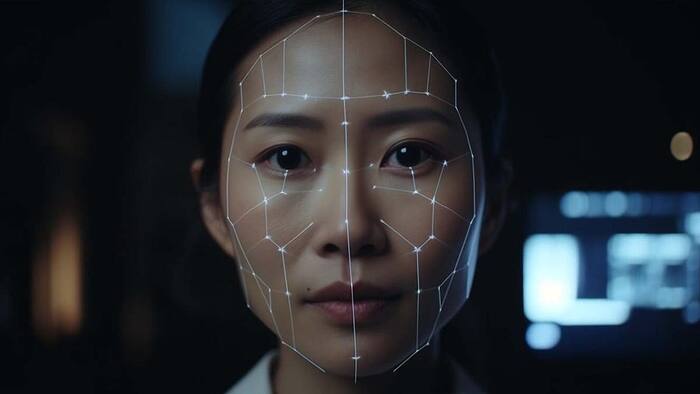
Written By Pranav Sawant
Published By: Pranav Sawant | Published: Feb 28, 2024, 01:11 AM (IST)

Scientists have developed an emotion recognition system that can detect human emotions in real-time. This piece of tech is a wearable mask-like interface made by researchers from the Ulsan National Institute of Science & Technology (UNIST) in South Korea.
The wearable tech uses machine learning and virtual reality to depict human emotions in real time. This is said to be the first of its kind technique ever made and it could facilitate the forthcoming innovations. The tech can be used specially for humanoid robots so that they understand emotions better.
Professor Jiyun Kim, who was the person in charge of the development, said that this tech is called the skin-integrated face interface (PSiFI) system. Basically, a wearable mask-like tech that touches our skin to get essential details for the final results.
This PSiFi system can capture verbal and non-verbal data and process it through the data processing circuit, allowing for real-time emotion detection. The tech uses machine learning (ML) algorithms and doesn’t need an external power supply.
Researchers call this technique “semi-curing technique” which creates a transparent conductor from the electrodes that charges friction. They created a custom-made mask by capturing different angles allowing them to learn the flexibility, elasticity, and transparency of the wearable tech interface. That said, this mask-like interface is customizable.
While working on the interface, researchers were able to integrate face muscle deformation and voice cord vibration detection systems into the interface. They used a virtual reality-based digital concierge application to demonstrate the system’s potential. This allowed for personalized services to the users of the application based on customers’ emotions.
Researchers also tested interfaces in different virtual reality scenarios such as smart homes, smart offices, and private movie theatres to get personalized services such as music and movies based on customer’s emotions.
This wearable tech human-recognition tech interface appears to have a lot of potential, especially for humanoid robots, as said above. It also has other use cases such as providing services and products based on users’ emotions. This advanced tech could prove to be a game-changer if and when it materializes and is being used commercially.